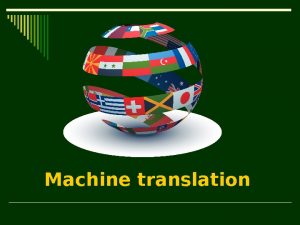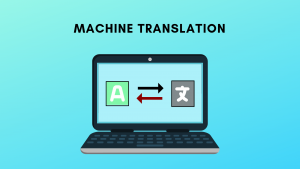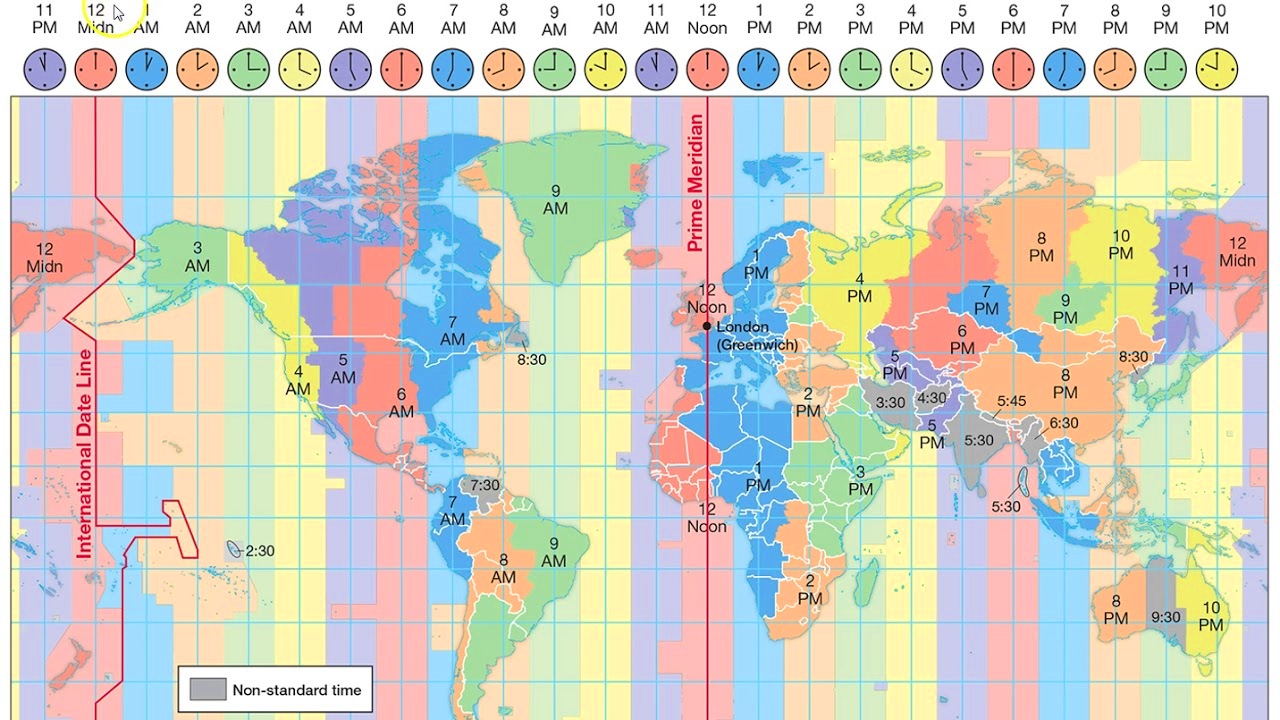As far back as the end of the XIX century, the famous scientist in mathematics Charles Babbage justified the practical need to fund his ideas in the field of “computer machine”, which could automatically translate oral speech, but only in 1947 Warren Weaver first formulated the concept and stages of machine translation and translate from english to arabic.
In 1954, in New York City, the world saw the first machine translation system of its kind (its name – IBM Mark II) from the developers of IBM and Georgetown University. Its vocabulary consisted of only 250 units and 6 rules of grammar, and the translation languages were Russian (as a source) and English (as native).
In 1966, this type of translation was considered unprofitable due to an improper cost-to-quality ratio, but already in the 1970s and 1980s it began to appear in a number of profitable projects around the world as a major commercial system.
In 1974, in the Soviet Union, they identified a leading organization, which coordinated all the work related to machine translation throughout the country. It was the All-Union Center of Translation. The All-Union Translation Center for Scientific and Technical Literature and Documentation created all kinds of industrial systems that translated one language into another, as well as automatic dictionaries of terms to assist the real human translator.
The clear advantages of such programs were:
speed – a couple of seconds to translate hundreds of pages of text;
low cost – the page fee of a professional translator, the monthly salary of a staff member, or the one-time payment for the program upon purchase;
access to the service – always on hand;
confidentiality – the machine will not use the information for selfish purposes;
versatility – while translators have their own specialization, often quite narrow;
translation of texts of any size on the Internet – online.
Development of electronic dictionaries
Electronic dictionaries began to be developed much earlier than machine translation systems. This is why the software market now offers a large selection of dictionaries, from the most basic, such as DIC, to the most powerful, subject specific, such as LINGVO.
The choice of electronic dictionary is influenced by:
The hardware capabilities of the user’s computer;
financial costs
specific working conditions of a human translator.
With the availability and mass availability of personal and portable computers at the end of XX century there appeared electronic bilingual and multilingual dictionaries. At the turn of the century there was a lively debate on the Internet about the advantages and disadvantages of electronic and paper dictionaries, and consequently about the importance of the modern translator. There are no winners yet.




